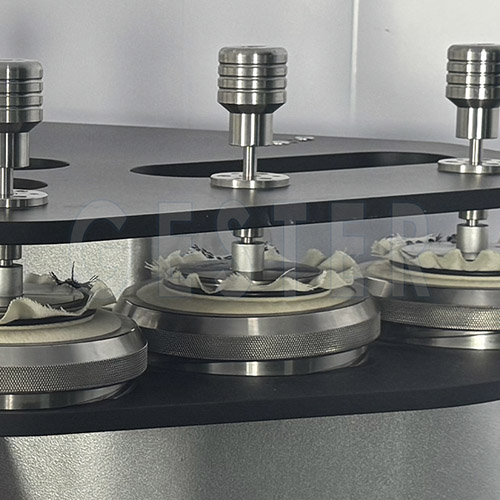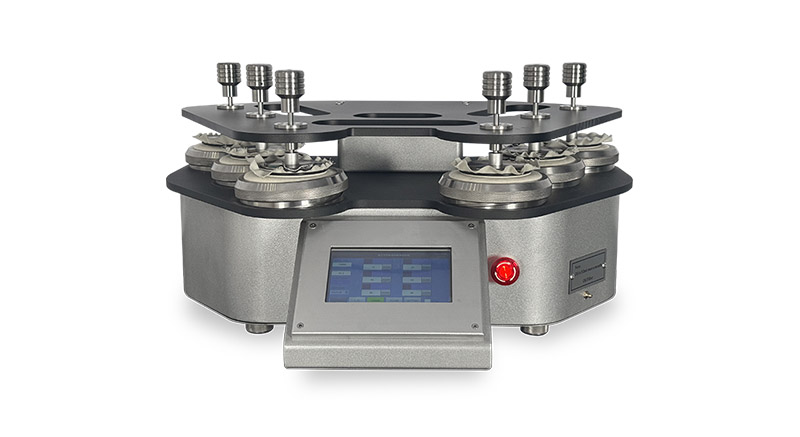Introducing the ISO 12945-2:2020, a comprehensive standard that provides a detailed methodology for determining the propensity of fabrics to surface pilling, fuzzing, or matting using the Modified Martindale method.

Benefits of Using the Modified Martindale Method
Martindale Abrasion Test Procedure
Specimen
Martindale Abrasion and Pilling Tester

|
Grade |
State Description |
|
5 |
No change |
| 4 |
Slight surface abrasion or (and) slight pilling |
| 3 |
Moderate surface abrasion or (and) moderate pilling, with balls of different sizes anddensities covering part of the surface of the samples. |
| 2 |
Significant surface abrasion or (and) pilling, with balls of different sizes and densitiescovering most of the surface of the samples. |
| 1 |
Severe abrasion or (and) pilling on the surface, with balls of different sizes and densitiescovering the entire surface of the samples. |